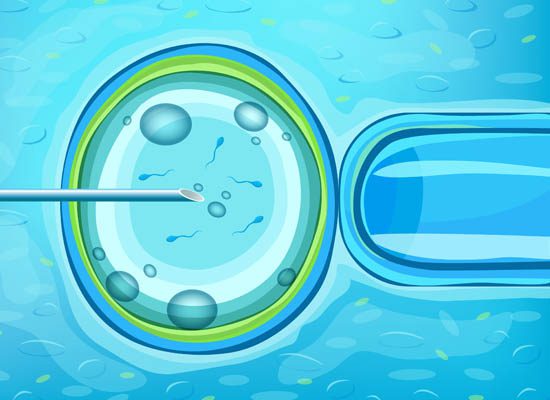IVF Treatment

In vitro fertilization (IVF) is a fertility treatment that involves fertilizing eggs with sperm outside of the body in a laboratory dish, and then transferring the resulting embryo(s) into the woman’s uterus.
IVF can be a highly effective treatment option for couples experiencing infertility due to a variety of factors, including tubal factor infertility, male factor infertility, and unexplained infertility. The success rate of IVF varies depending on several factors, including the age of the woman, the quality of the embryos, and the number of embryos transferred.
This treatment can be used to overcome a wide range of fertility issues, including tubal factor infertility, male factor infertility, and unexplained infertility. IVF can also be used to preserve fertility for women who wish to delay childbearing or who are facing medical treatments that may affect their fertility, such as chemotherapy.

